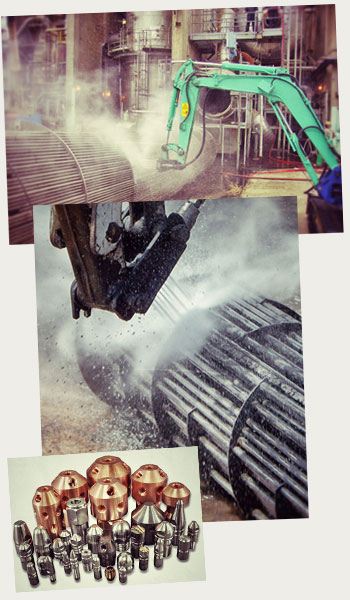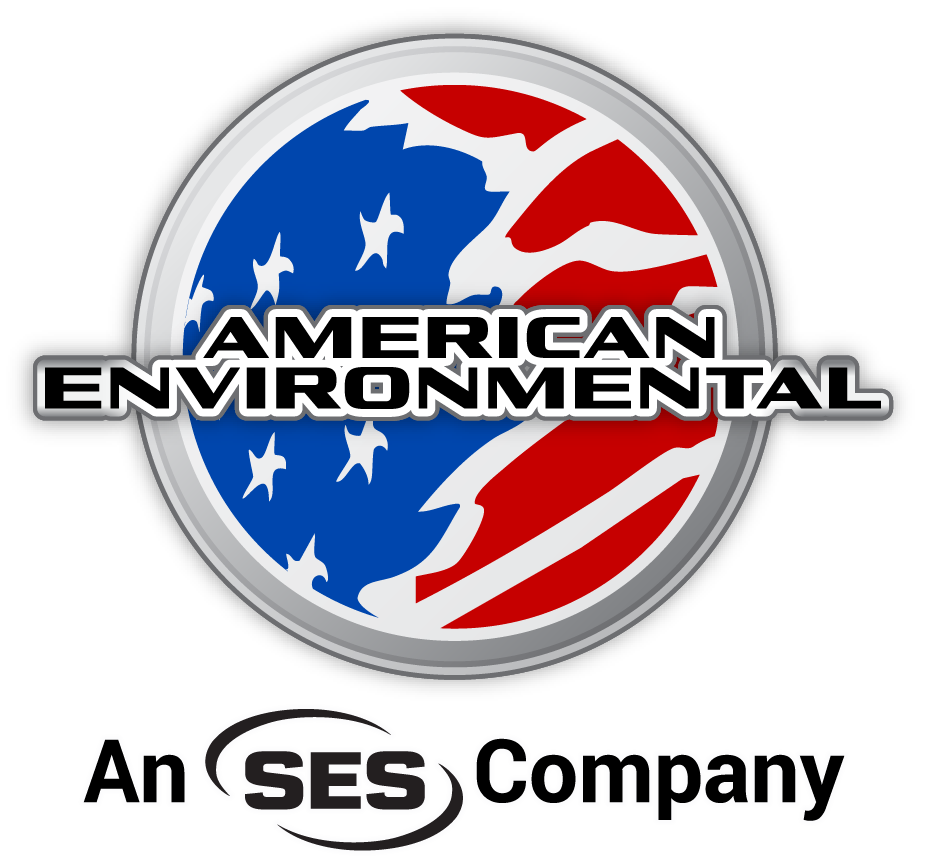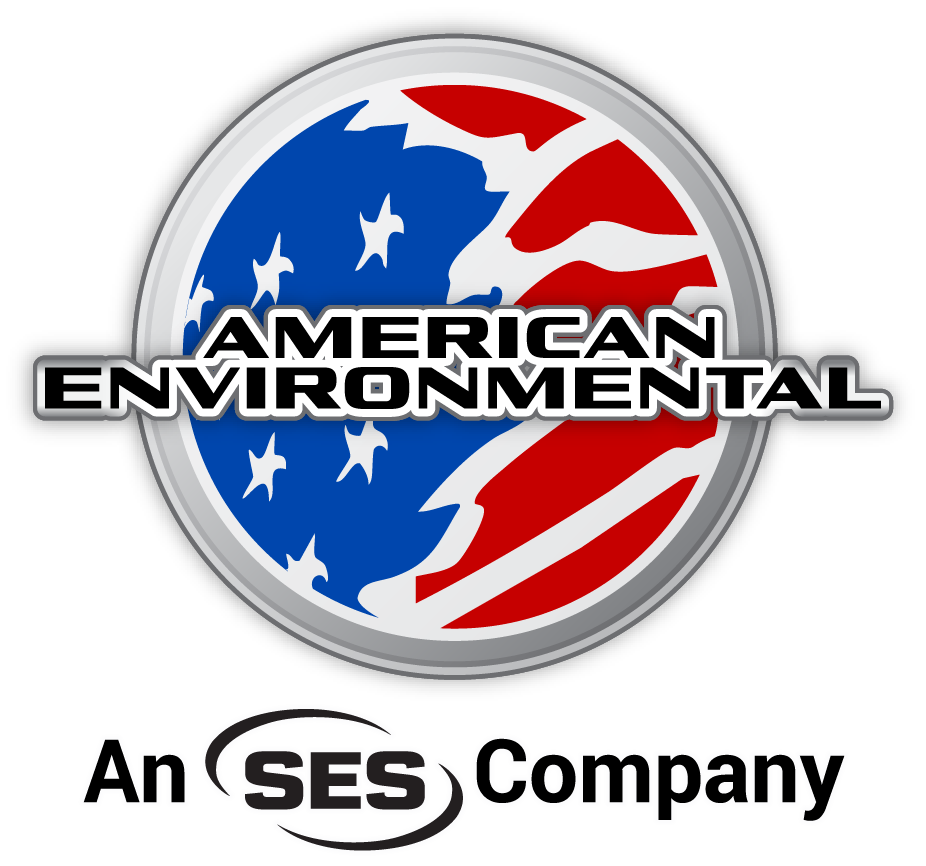Hydroblasting
Hydroblasting, or high-pressure water washing, is a safe, cost-effective method of cleaning interior and exterior surfaces, process configurations, heat exchangers and other vessels. This is by far the most common industrial cleaning service, applications of which can be applied to just about every process plant or customer facility. The process itself removes various deposits, foulants and other built-up material by using water at varying pressures and flow rates (water volume). High-pressure water washing and polishing can restore process or heat transfer efficiency, thereby reducing customers’ operating costs.
This cleaning method uses a variety of pressures, ranging between 10,000 to 40,000 psi, at a rate of 10 to 50 gpm. Ultra high-pressure (36,000 to 40,000 psi) equipment is also used where needed. Automated and semi-robotic systems improve efficiency in certain applications and can be used to clean limited- or difficult-access areas. These automated systems also help to minimize operator exposure to high pressure water. Specialized systems are available to clean heat exchanger bundles (both shell-side and tube-side), boilers, suction rolls, air heaters and other process equipment.
THE KEY: APPLYING THE CORRECT APPLICATION TO THE JOB (10K VS. 20K):
Application knowledge, such as applying the correct pressures and flows, is very critical with respect to successful hydroblasting jobs. One of the common questions that arises is when a 10,000 psi unit is acceptable (the most common hydroblasting unit) and when a 20,000 psi unit should be used. The following information is taken from a 1994 managers’ meeting presentation, developed to help provide some insight into this particular issue.
SELLING POINTS FOR 20K WORK
There are a number of selling points to consider for 20K hydroblasting work. Sometimes, this may mean selling 20K work over 10K work. However, this does not mean that all 10K work should be replaced with 20K work.
- Competitive edge – 20K hydroblasting will beat 10K hydroblasting in terms of quality of work in certain applications. If the quality advantage can be demonstrated to the customer, then this will create an edge over the supplier that only offers a 10K service.
- Customer attitude- Most customers understand the objectives of hydroblasting. It is not uncommon for them to adopt a “more is better” or “bigger is better” attitude (i.e., “if 10K is good, than 20K has to be better”).
- Better results- There are actually two considerations: 1) A customer may find 10K cleaning results to be something he/she can live with, but really wants a better cleaning job. 20K hydroblasting will usually give that better job.



